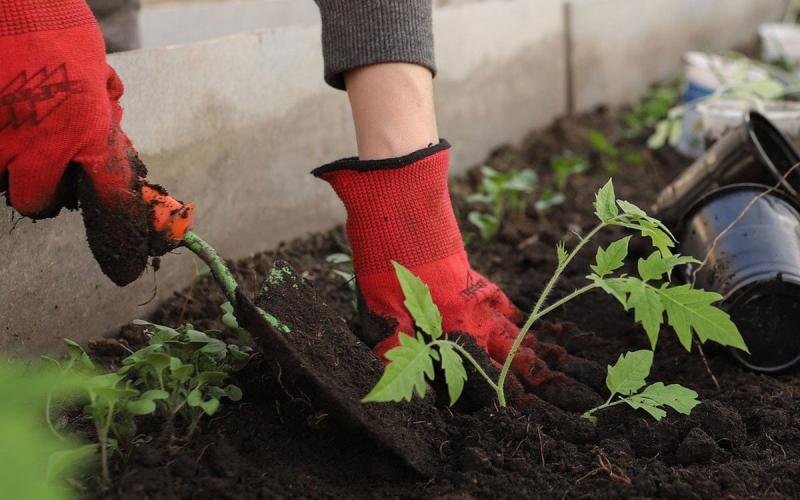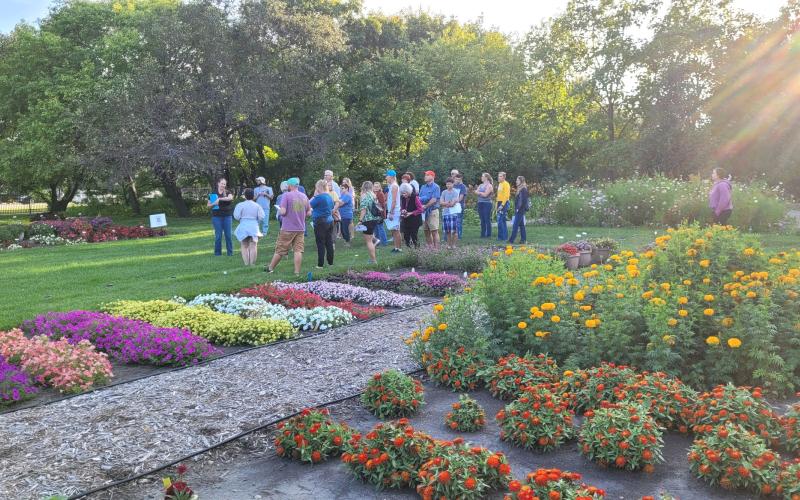Written collaboratively by Nick Volesky, Vaughn Reints and Prairey Walkling.
Overview
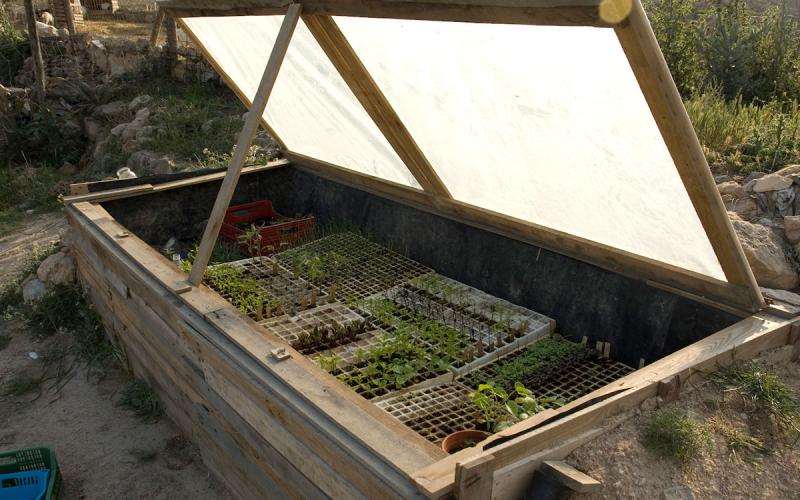
Cold frames are structures that provide an effective method for extending the growing season, allowing gardeners to begin production earlier in the spring or continue later into the fall (and sometimes achieve winter growth). Several types of structures can be classified as “cold frames,” ranging from small, box-like setups (Figure 1) to larger, more permanent installations (Figure 2) constructed over existing ground or raised beds. They are generally quick to assemble, low in cost, and require minimal maintenance while offering year-round utility in compact spaces. Cold frames are typically built low to the ground and accessed by lifting or removing a transparent lid. This makes them a practical season-extension option for gardeners with limited space, requiring less labor and fewer inputs than other methods such as high tunnels or low tunnels.
Construction and Maintenance
Cold frames are generally constructed as low, ground-level boxes with a transparent lid, with size and dimensions varying based on the grower’s needs. The base of a cold frame can be built from various materials, most commonly lumber (Figure 1), though more permanent options such as brick (Figure 2) or concrete can also be used.
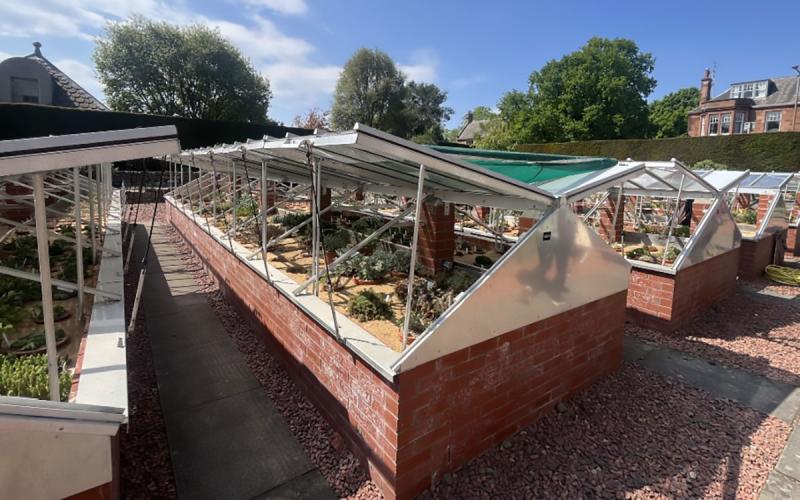
These are passive solar structures that capture and retain heat. To optimize sunlight exposure, the back wall is typically built higher than the front, creating a slope of about 10 to 15 degrees. This design improves light capture, allows water runoff, and easy snow removal.
To prevent damage from strong winds, any visible gaps should be sealed to reduce drafts, and the edges can be weighed down with bricks or sandbags to keep the frame secure. In South Dakota, cold frames are optimized when oriented south or west to maximize sunlight early in the season.
Transparent coverings for the lids (hinged or removable) are typically made from UV-stable plastic or glass. Upcycled materials such as old windows or clear plastics like polycarbonate, polyethylene film, or acrylic can also be effective and economical options.
Because closed cold frames have limited air circulation, ventilation is essential. On warm, sunny days, the lids should be vented or removed entirely to prevent overheating, and then closed again in the late afternoon before air temperatures drop. During the winter months, lids should remain closed more frequently, and a light layer of mulch can be added for additional insulation. Using thermometers to monitor air and soil temperatures can help assess the microclimate and guide venting decisions.
Numerous instructional guides, design templates, and video tutorials are available for constructing your own cold frames. There are also affordable, portable, and collapsible cold frame kits that can be purchased online or through local garden retailers.
Utilization
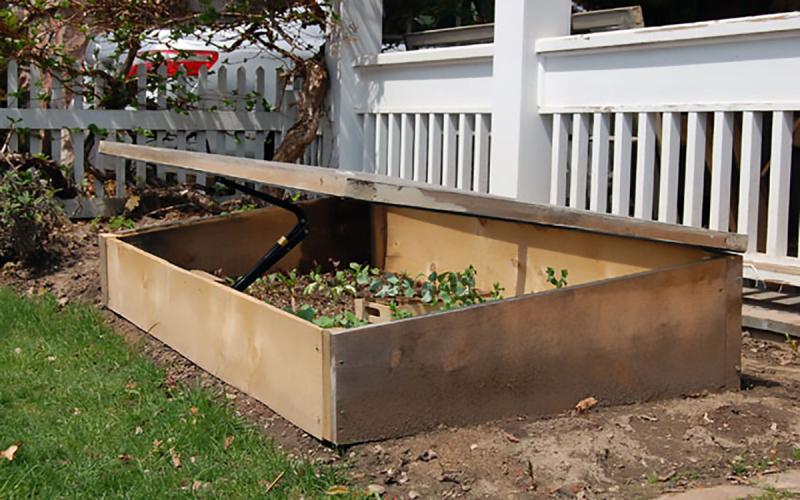
Cold frames can provide an ideal environment for fall sowing of hardy annuals and perennials that require cool temperatures for germination. This can be done with a quality seed-starting mix in trays or shallow flats, maintaining a consistent moisture, and venting when appropriate (Figure 3). Thermometers can be used to monitor air and soil temperatures, providing environmental insight and allow growers to align sowing practices with the specific requirements of each species. In general, cold frames help stabilize temperature and humidity, optimize germination, and offer space for seed starting without occupying indoor areas or requiring supplemental lighting. See Winter Sowing in the Northern Great Plains for similar concepts.
Cool-season vegetable crops are optimized at air temperatures between 50 and 80 degrees Fahrenheit and soil temperatures of 60 to 65 degrees Fahrenheit, making them well-suited for cold frames in late fall, early spring, or even mild winter conditions (Figure 4). This includes peas, leafy greens (lettuce, spinach, arugula, kale, and Asian greens, etc.) brassicas (broccoli, cauliflower, cabbage, etc.) and most root crops (carrots, beets, turnips, radishes, etc.).
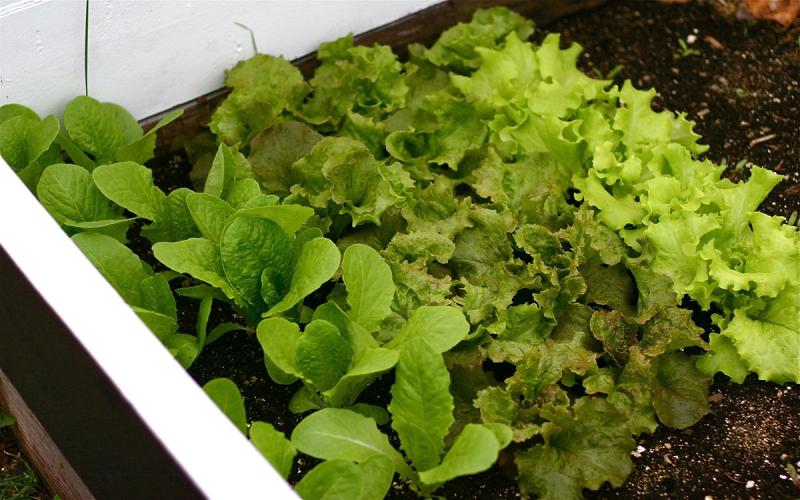
When sowing, denser plantings can create a thicker canopy, which helps retain heat. Adding a light layer of mulch as nights grow colder provides additional insulation, and clearing snow from the lid maintains adequate light levels. Proper ventilation, as discussed above, should also be implemented to prevent overheating.
Cold frames can also function as a holding area for late-season root crops such as carrots, beets, and turnips. During milder periods, roots can remain in bed under cover and be harvested during thaws. For harvested roots, store them in a crate or container inside the cold frame with slightly damp sand or sawdust to maintain cool, humid conditions. Carrots are best kept at temperatures just above freezing with high humidity; remove the tops, avoid standing water, and check frequently for signs of rot caused by pathogenic infection.
Hotbeds
Hotbeds are another season-extension structure similar in design and purpose to cold frames. Although they are less common in personal gardens today, they were historically more prevalent. The main distinction is that hotbeds are designed to incorporate a heat source, such as a heat cable buried in the soil, to raise soil temperatures and promote plant growth. Raw, uncomposted manure can be placed deep within the bed and covered with topsoil. As the manure decomposes, microbial activity generates heat that warms the soil. Hotbeds are generally more labor-intensive and require higher input costs than cold frames. As with cold frames, numerous instructional guides, templates, and video tutorials are available online for constructing hotbeds.
References
- Beddes, T., Caron, M., Hansen, S., and Gunnel, J. 2022. Extending the Garden Season. Utah State University.
- Baumbauer, D. Hotbeds, Cold Frames, and Low Tunnels for Montana Gardeners. 2020. Montana State University.
- Volesky, N. 2025. Season Extension for Fall Specialty Crops. South Dakota State University.
- Trinklein, D. 2022. Building and Using Hotbeds and Cold Frames. University of Missouri.
